AVM explains connection types: Mobile
AVM Content
DSL, 3G/4G, cable and fiber optics: FRITZ!Box runs on every connection. But what are the differences between the individual connection types? This guide series provides you with an overview. In this article we take a deep dive into mobile.

Using mobile broadband on our smartphones has changed our lives: quickly send your friends a message or a picture or see how to get from A to B – and so much more.
Modern Long Term Evolution (LTE) or 5G mobile networks are even so fast that they can also be used for conventional internet connections at home: Download rates of 300 MBit/s and more are available in many places via LTE, and the 5G standard will eventually achieve download speeds in the Gbit/s range – large updates, streaming or online gaming are therefore possible quickly and conveniently via mobile.
|
Global System for Mobile Communications (GSM) |
GSM is a standard for mobile communications which was first deployed in the 1990s. General Packet Radio Service (GPRS) provides data rates of up to 55 kbit/s. Enhanced Data rates for GSM Evolution (EDGE) accelerates the second generation of mobile communications to a maximum of 220 kbit/s. GSM is still important today for industrial applications and for older mobile phones. |
|
Universal Mobile Telecommunications System (UMTS) |
The first mobile devices with UMTS were able to transmit up to 384 kbit/s. The HSPA and HSPA+ (High Speed Packet Access) improvements increased the maximum download speed to 42 Mbit/s. Many network operators are now switching off support for third-generation mobile communications technology in their networks – in favor of LTE and 5G. |
|
Long Term Evolution (LTE) |
LTE transmits up to 100 Mbit/s in the first release stage. |
|
LTE Advanced (LTE-A) |
LTE Advanced was a major enhancement of the LTE standard, with improvements made to data rates. Nowadays LTE Advanced achieves speeds of over 1 Gbit/s. |
|
5G / 5G NR (New Radio) |
The fifth generation for mobile networks further increases speeds – data rates are expected to reach up to 10 Gbit/s in the long term.. Other key benefits of 5G include reduced latency and better energy efficiency. However, this requires special devices or other Wi-Fi frequencies. |

Router freedom - in the truest sense of the word!
Internet access via mobile means you're connected almost anywhere in the world. Thanks to router freedom, you get to choose which device go online with. You can also take your mobile data connection with you and even use it in other European countries.
In addition to a FRITZ!Box with a mobile network interface, all you need is the SIM card with the right plan and a nearby socket and you can go online – as long as the network coverage allows it.
It should be noted that mobile communications are a shared medium. All users share the available capacity of a cellular base station. When there are multiple simultaneous accesses to the mobile network, the surfing speed of each individual is therefore reduced.
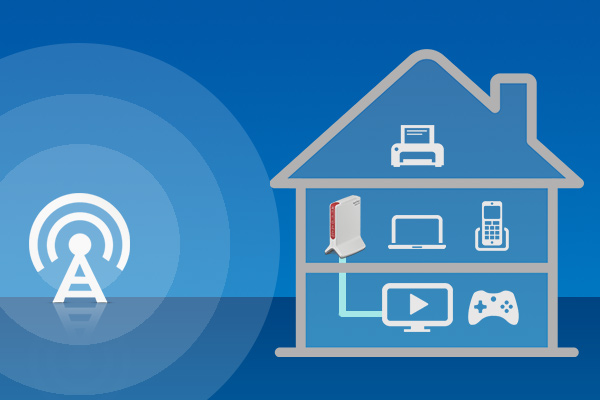
When is a mobile data connection the right choice?
Mobile internet access has a number of possible uses, for example when other access technologies are too slow or not available where you are.
Even beyond this, there are many practical usage scenarios. With FRITZ!Box, you simply take your mobile connection with you and enjoy the features of FRITZ!OS wherever you are: in your holiday let, camping or in the gazebo at home. In a professional context, a FRITZ!Box with a mobile connection can be practical: If you are often on the road and need internet access at different locations, you can take a fully configured home network with you and have it ready to use right away – for example, to supply a construction site or for craftspeople working outdoors.
The mobile network can also serve as a 'second line' for failover protection. The FRITZ!Box 6890 LTE supports DSL connections and has a mobile network interface; alternatively, you can connect a mobile broadband dongle to many FRITZ!Box models. This means you're covered should the regular internet connection fail. In this case, too, you can still be reached by telephone, the POS system remains operational and there are no interruptions while working from home either.
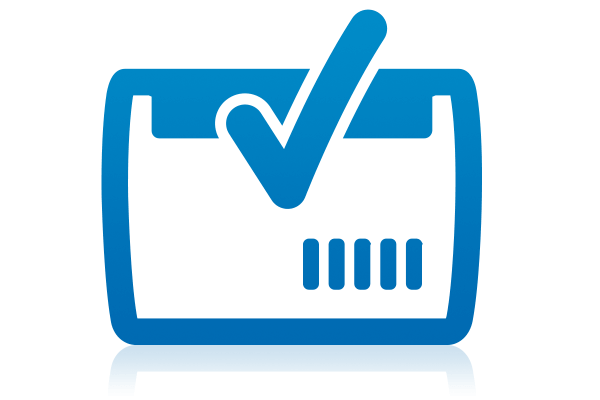
Keep an eye out for the best plan
For mobile internet access, you'll need a suitable data plan. There are different plans that cover different purposes. The most important thing to take a look at is the data allowance. Even a normal level of surfing can generate a considerable volume of data, and video streaming can also consume several gigabytes per hour – depending on the quality you select.
Summary
A mobile network provides practical and reliable internet access. A FRITZ!Box with a mobile network interface and a suitable plan are all you need. Details on the current FRITZ!Box models with mobile can be found in our product comparison.

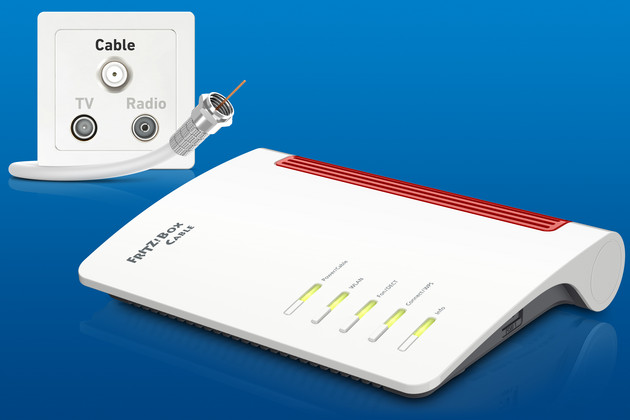
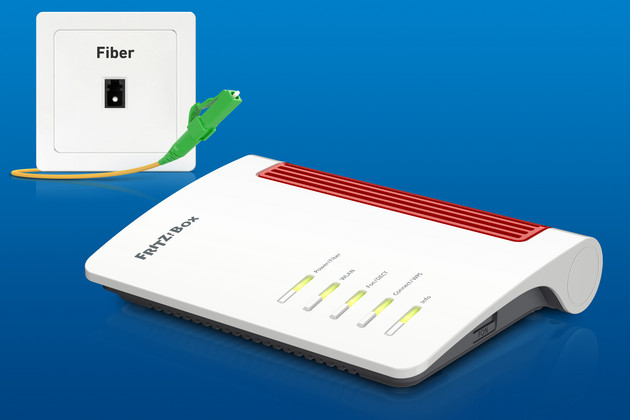
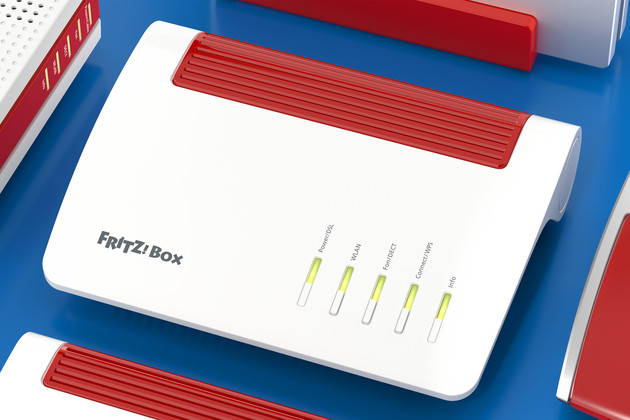
 Deutschland
Deutschland International (English)
International (English) België (Nederlands)
België (Nederlands) Luxemburg (Deutsch)
Luxemburg (Deutsch)